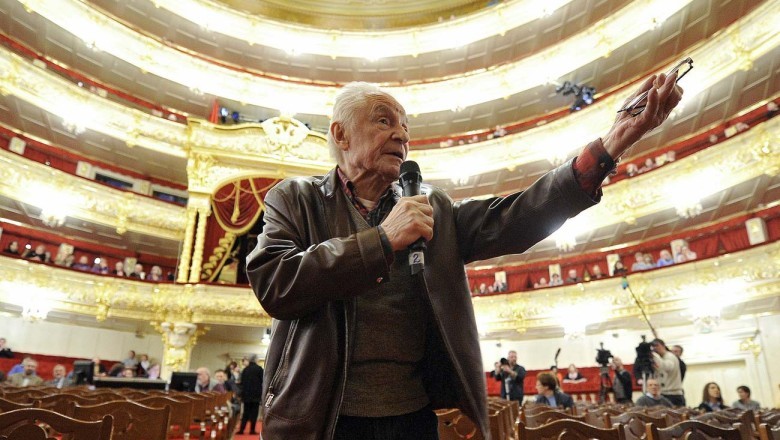
views
By Dance Channel TV | Published: May 19, 2025
A Visionary Born of Russian Ballet
Grigorovich was born in Leningrad (now St. Petersburg) in 1927 into a family steeped in the arts. He trained at the prestigious Leningrad Choreographic School (today’s Vaganova Academy) and joined the Kirov Ballet, where his early experiences as a character dancer sharpened his sense for theatricality and bold storytelling.
In 1957, his first major ballet, The Stone Flower, caught the attention of the cultural elite. But it was his appointment in 1964 as chief choreographer of the Bolshoi Ballet that would mark the beginning of a transformative era.
Revolutionizing the Bolshoi
For over three decades, Grigorovich ruled the Bolshoi stage. He revitalized its repertoire with emotionally driven, visually grand productions, fusing classical technique with Soviet themes and heroic drama. His choreography was cinematic in scale and unapologetically intense.
His landmark ballet Spartacus (1968) became a defining symbol of Soviet-era ballet—athletic, epic, and wildly expressive. It showcased Grigorovich's hallmark: using dance as the primary engine of narrative, breaking from the more static “drambalet” style of the time.
Other masterpieces followed: Ivan the Terrible (1975), Romeo and Juliet (1979), and his famously controversial Swan Lake (1984), which dared to end with a fairytale-style happy ending.
“For Grigorovich, ballet wasn’t just movement—it was a force, a drama played out with bodies as instruments.” — The Guardian
A Career of Peaks and Controversy
With success came scrutiny. Toward the end of the Soviet era, his dominance at the Bolshoi was increasingly seen as creative authoritarianism. Dancers accused him of limiting innovation and monopolizing productions. In 1995, after a historic strike by Bolshoi dancers, Grigorovich stepped down.
Yet he wasn’t done. He formed his own company in Krasnodar and, after the death of his wife—the great ballerina Natalia Bessmertnova—returned to the Bolshoi in 2008 to revive his ballets for a new generation.
A Legacy That Dances On
Grigorovich received countless honors in his lifetime, including People’s Artist of the USSR, the Lenin Prize, and Hero of Socialist Labour. His ballets are still performed by top companies around the world. His influence is imprinted on generations of dancers, many of whom trained under his watchful eye.
His death came just days after the passing of another Bolshoi legend, Yuri Vladimirov—marking a symbolic close to a monumental chapter in Russian ballet.
As the Bolshoi and the global dance community mourn, one thing is certain: Grigorovich didn’t just choreograph movement—he choreographed history.











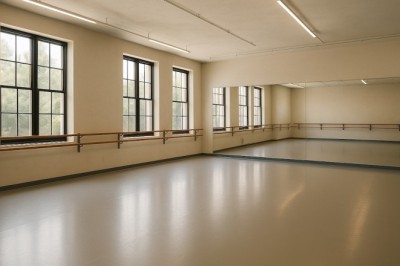
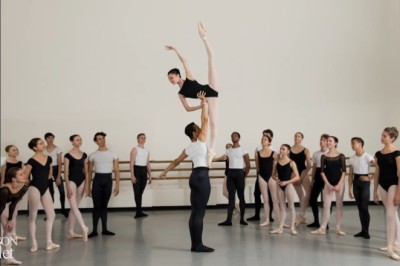


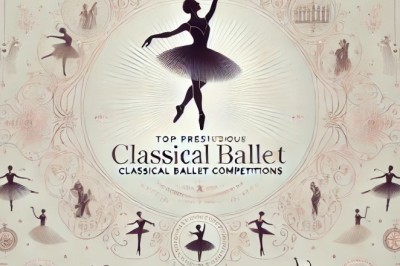

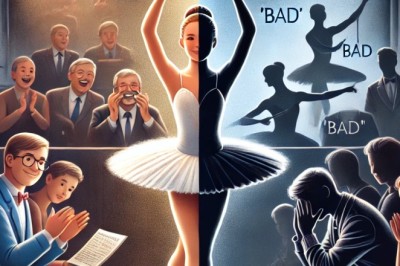
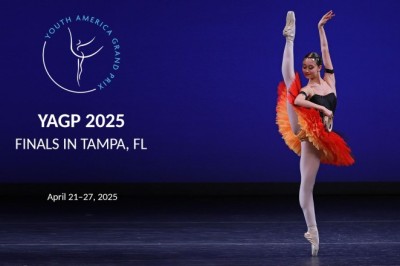
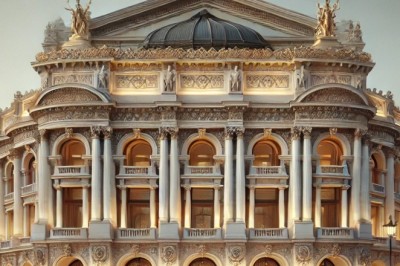
Comments
1 comment
Very sad story for dance industry